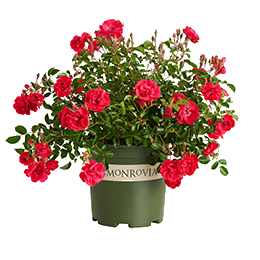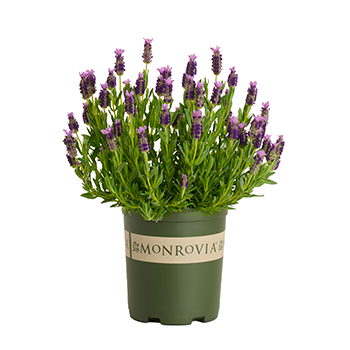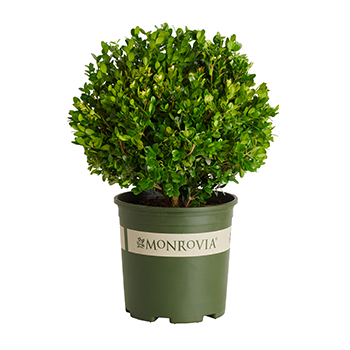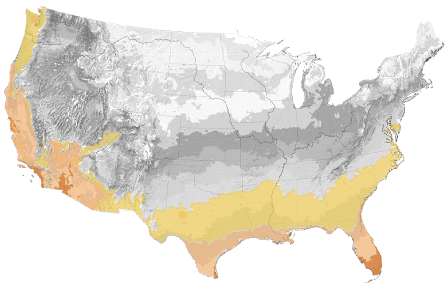You're growing in this Zip Code:
Change LocationDiscover Plants for Your Area
Barbeque Rosemary
Rosmarinus officinalis 'Barbeque'
Retailers Near You
No Retailers found within 100 miles of your zipcode
Be Inspired: How to Use this Plant
| Bloom Time | Summer |
|---|---|
| Deciduous/Evergreen | Evergreen |
| Special Features | Easy Care, Waterwise, Non-toxic to Cats and Dogs, Edible |
| Problems/Solutions | Coastal Exposure, Deer Resistant, Rabbit Resistant |
| Growth Rate | Moderate |
| Flower Attributes | Showy Flowers |
| Landscape Use | Border, Container, Hedge |
| Design Ideas | Rosemary is a fabulous aromatic herb for arid gardens. It is a beautiful foundation shrub that provides year around coverage of utilities and footings. The plant is a staple for banks, and both cut and fill slopes where it thrives in full sun with express drainage. Add it to the Mediterranean parterre garden as a hedge or single specimen. Treasured for parterres in the French or Italian style. Naturalizes in hot dry climates to add interest to native plantings or international xeriscape composition. Belongs in every kitchen garden, veggie plot and herb garden. Rosemary makes an excellent potted plant, particularly in terra cotta for porch or patio. |
| Flower Color | Purple |
| Foliage Color | Green |
| Companion Plants | Cypress (Cupresuss); Crape Myrtle (Lagerstroemia); Heath (Erica); Bay Laurel (Laurus); Pomegranate (Punica) |
| Care Instructions | Thrives in loose, well-drained, neutral to slightly acidic soils. Water deeply, regularly during first growing season to establish an extensive root system; reduce frequency once established. Avoid excess winter moisture. Needs little care; may be fertilized lightly in spring. Prune only as needed to shape. |
| History | Rosemary is a valuable Old World aromatic shrub from Europe through Asia Minor. It is native to much of the Mediterranean region and most specifically in the south of France. It was classified by Linnaeus into the mint family and he named its genus from the Latin for sea-dew because it is commonly found on the chalk hills along the seacoast. There are only two species grown, and this one was the primary plant used officially in the herbal pharmacoepia. It remains today a valuable culinary herb and dryland garden plant. This more cold hardy cultivar was discovered by Madalene Hill in Arp, Texas and named for the town. It was sent to the U.S. National Arboretum for testing and is proven to survive further north. |
| Bloom Time | Summer |
|---|---|
| Deciduous/Evergreen | Evergreen |
| Special Features | Easy Care, Waterwise, Non-toxic to Cats and Dogs, Edible |
| Problems/Solutions | Coastal Exposure, Deer Resistant, Rabbit Resistant |
| Growth Rate | Moderate |
| Flower Attributes | Showy Flowers |
Retailers Near You
No Retailers found within 100 miles of your zipcode
Retailers Near You
No Retailers found within 100 miles of your zipcode
Buy Online
We cannot currently ship this product to your zip code.
About Us
We have been pioneers and craftsmen in the art of growing plants for nearly
100 years. Since our founding in Southern California by Harry E. Rosedale, Sr.
in 1926, we have been absolutely dedicated and obsessed with quality.
We have been pioneers and craftsmen in the art of growing plants for nearly 100 years. Since our founding in Southern California by Harry E. Rosedale, Sr. in 1926, we have been absolutely dedicated and obsessed with quality.






